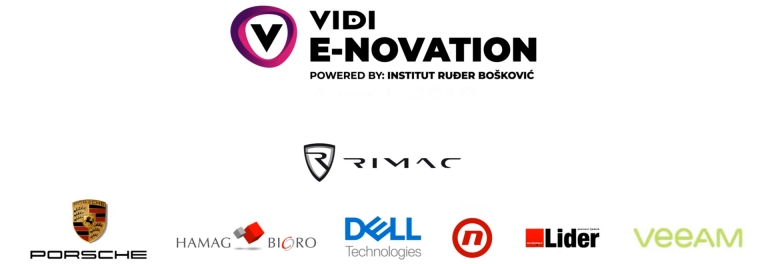Blog 2 - Using Pixblasters to create an info kiosk display
As soon as we started developing the Pixblasters idea, we decided that the video content management had to be easy and applicable in different display applications. While conventional LED module based video digital displays nowadays accept practically any graphics and video input data format, non-traditional LED strips-based displays lack such flexibility – due to non-standard architectures and different LED driving requirements.
Competitive LED strips controllers work with non-standard data formats and content management software that is often proprietary and close sourced. Even the open source solutions commonly provide incomplete software support because the amount of required software and complexity of various formats to support surpasses development capacities of usually small groups of developers and maintainers. Plus, every video content management software must be aware of the architecture of each specific LED strips display.
As a consequence, it is not uncommon to see the LED display that receives the MP4 video clip broadcasted encapsulated through a proprietary Ethernet-based protocol, which needs to be locally decapsulated and reformatted for the respective LEDs arrangement. All of that is possible at the great sacrifice of a local processing power and a choppy video playback due to lower video refresh rates.
To overcome such problems, we have designed the Pixblasters controller to act as an ordinary computer monitor that makes the LED arrangement totally transparent to video content management software. Instead of browsing the Internet in search of code snippets for specific LED patterns or odd software libraries that require guru-level software skills to format into an LED display image, Pixblasters users just need to plug in the monitor cable to display any graphics and video with no limitations. Stills and animations, AVI, FLV, WMV, MP4, etc. – what you see on the computer monitor connected to the selected computer is what you get on the Pixblasters MS1 controller-driven LED display with absolutely no coding required!
This enables Pixblasters users to generate the LED display content in many different ways. For example, one can use the Windows Media Player animated visualizations to play music synchronized with video effects, or the Raspberry Pi Omxplayer video player to play MP4 video clips on the LED display. Those with special display applications (such as big real-time timetables and scoreboards) can develop custom software like graphics for a computer monitor.
Moreover, the Pixblasters MS1 controller works with virtually any digital signage software, which allows users to operate and manage display content on the same level as high-end professional LED displays. This makes the generation of display content very easy.
The presented video clip shows a real-time setup of the signage campaign that broadcasts sport news to remote Pixblasters controlled info kiosks. The campaign is realized by free to use software from MediaSignage Inc. (https://www.digitalsignage.com/) and on Microsoft Windows OS based PC machines. All required software can be downloaded from that website. The presented operational principles are valid for other digital signage software products that work with the Pixblasters MS1 video LED controller.
In our demo, the system administrator runs the SignageStudio Pro program to define the small info campaign and broadcast news and other multimedia content to remote info displays. The remote displays must run the SignagePlayer program to play the defined multimedia content, which includes the MP4 sport video clip and two RSS news feeds broadcasted by CNN.
The demo shows how the administrator can define scheduled playlists, combine video and graphics, incorporate news feeds and social networking posts, etc. Additionally, she can define the operating hours of a remote display, check what is currently playing, change the stored signage campaign on a single remote displays, or update multiple connected displays. All machines are interconnected through the Internet and the remote info displays always play the latest news. In case of the limited Internet connectivity, the players run previously stored contents.




